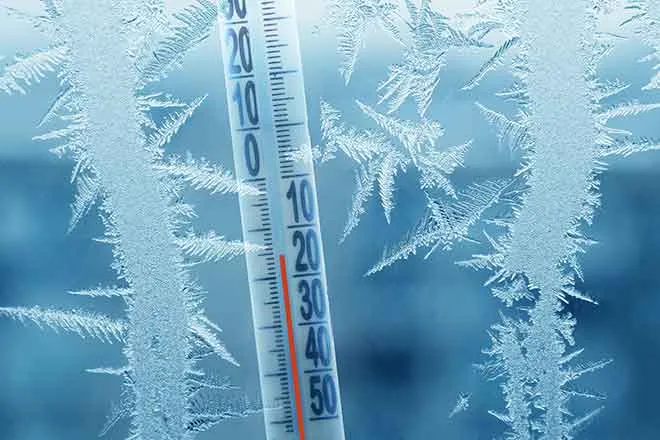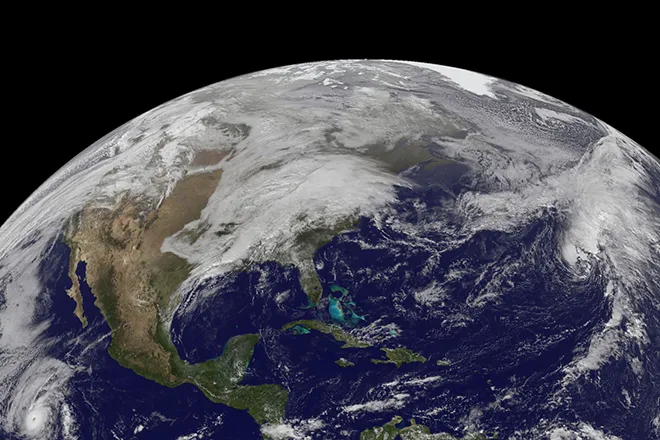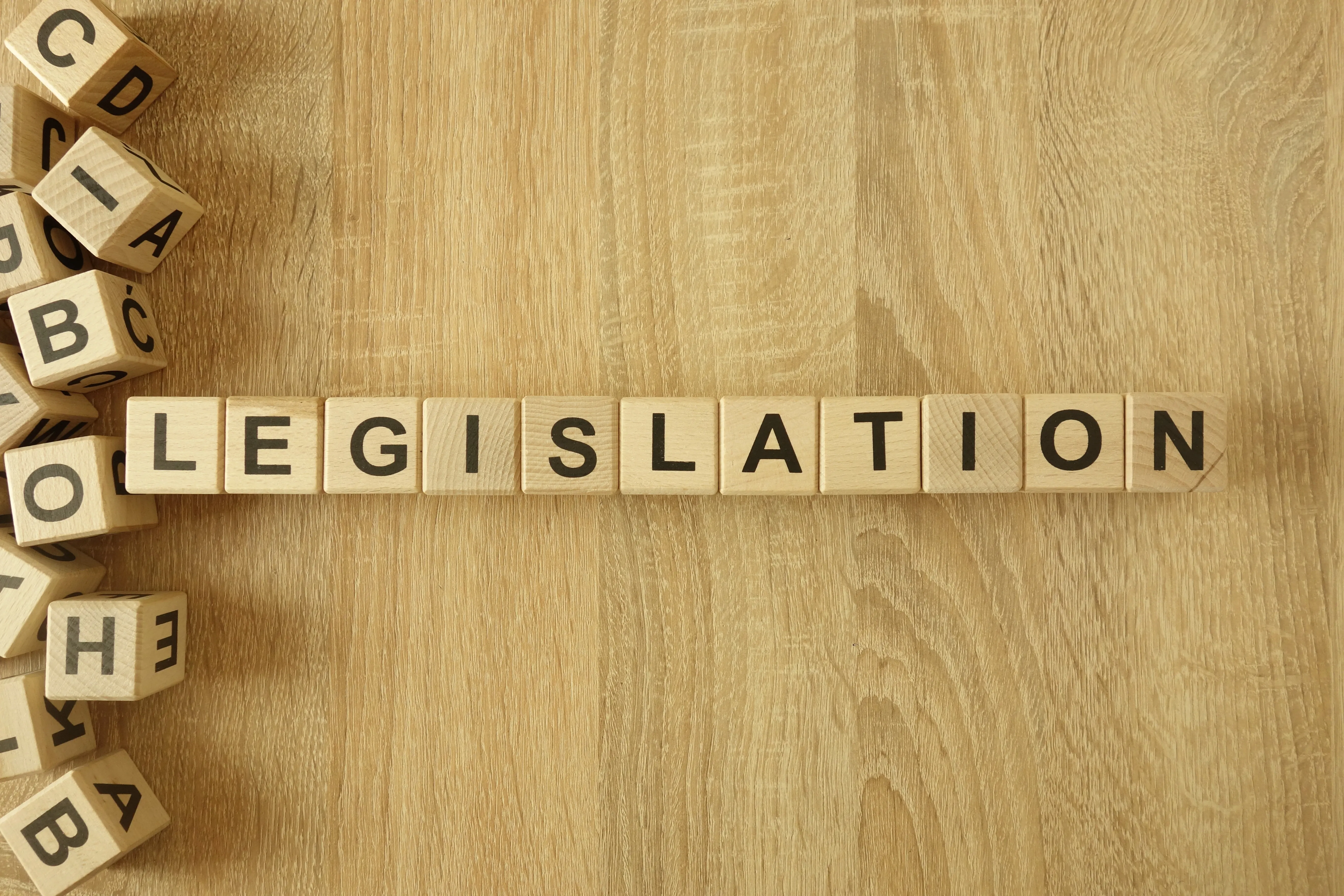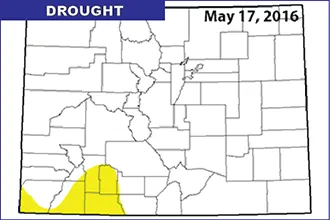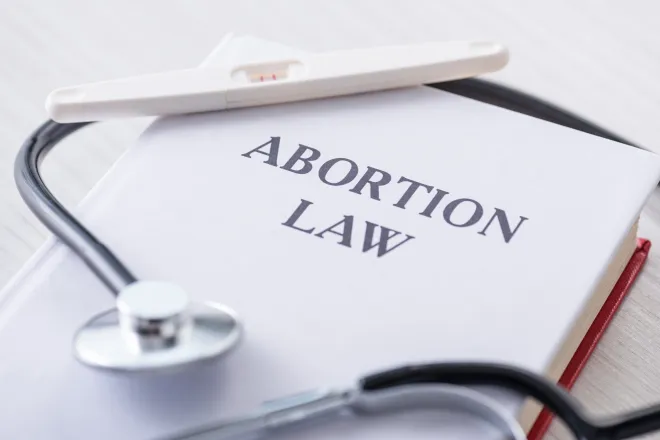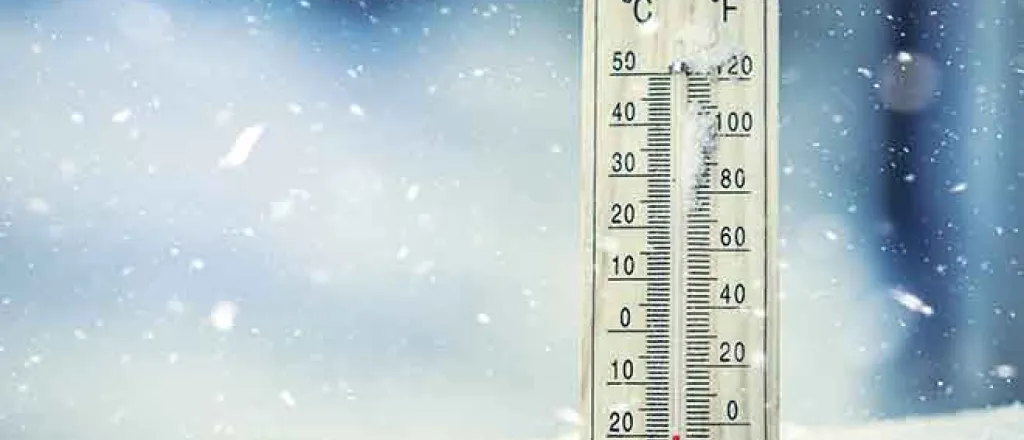
Dwindling Great Lakes ice cover highlights troubling trend
Click play to listen to this article.
(Michigan News Connection) The Great Lakes region has experienced record low ice cover this winter, and scientists said it is important to keep an eye on the warming trends.
Ice cover on the Great Lakes is currently at just 2.9 percent of the surface area, compared with the historical average of 38 percent for this time of year.
Ayumi Fujisaki-Manome, associate research scientist at the University of Michigan, said the main reasons for less ice are the current El Nino weather pattern and the warm phase of the North Atlantic Oscillation, both of which are preventing cold air from reaching the Great Lakes region.
She acknowledged winter recreation is certainly affected but emphasized there is a greater effect.
"People have to be more careful with such hazardous conditions," Fujisaki-Manome pointed out. "Even if we are getting warmer and having less ice, we're still subject to dangerous weather conditions such as lake-effect snowstorm or freezing rain, which is more dangerous."
Fujisaki-Manome noted year-to-year variations are occurring on top of the longer-term warming trend and can lead to extreme weather patterns.
Melissa Widhalm, associate director of the Midwestern Regional Climate Center at Purdue University, said all the changes are tied to an overall warming climate and warmer water temperatures. She stressed the importance of considering the long-term implications.
"There's some positives. If you have less ice, maybe that's great for shipping, but there are certainly some negatives," Widhalm contended. "You have winners and losers. It can be really damaging to fish species that lay their eggs and expect that ice to be there to protect their eggs during those winter storms."
In Detroit, an already dwindling season of black lake sturgeon fishing was canceled altogether because of safety concerns over low ice cover.

